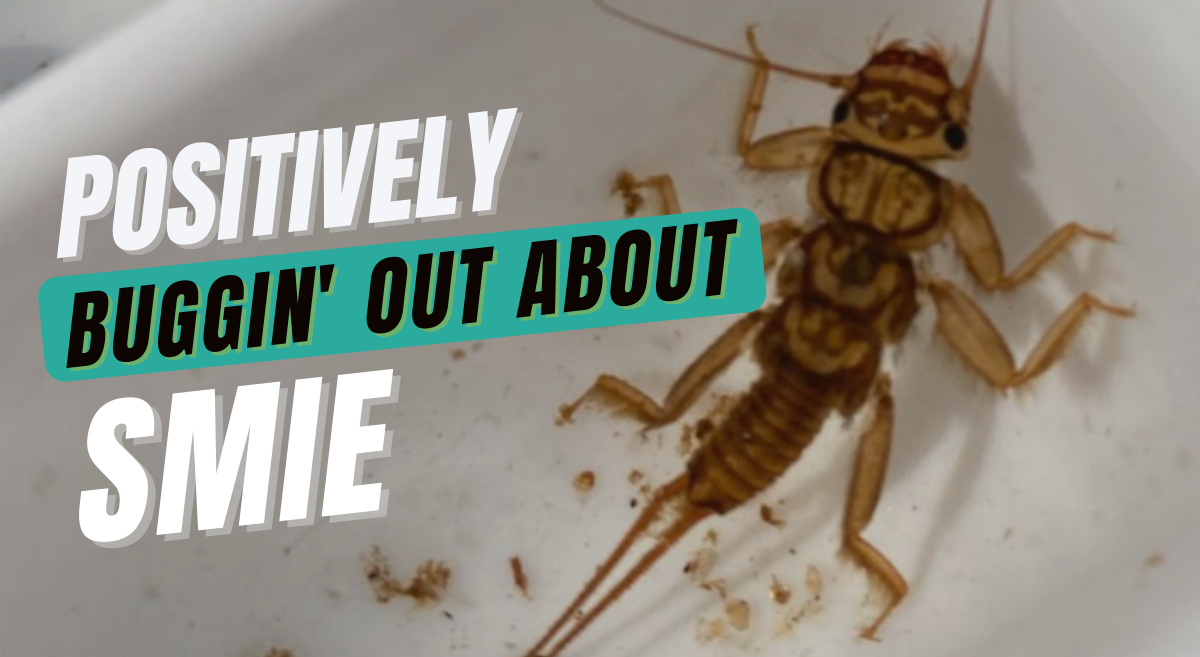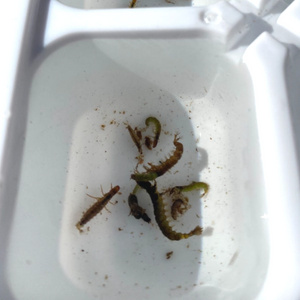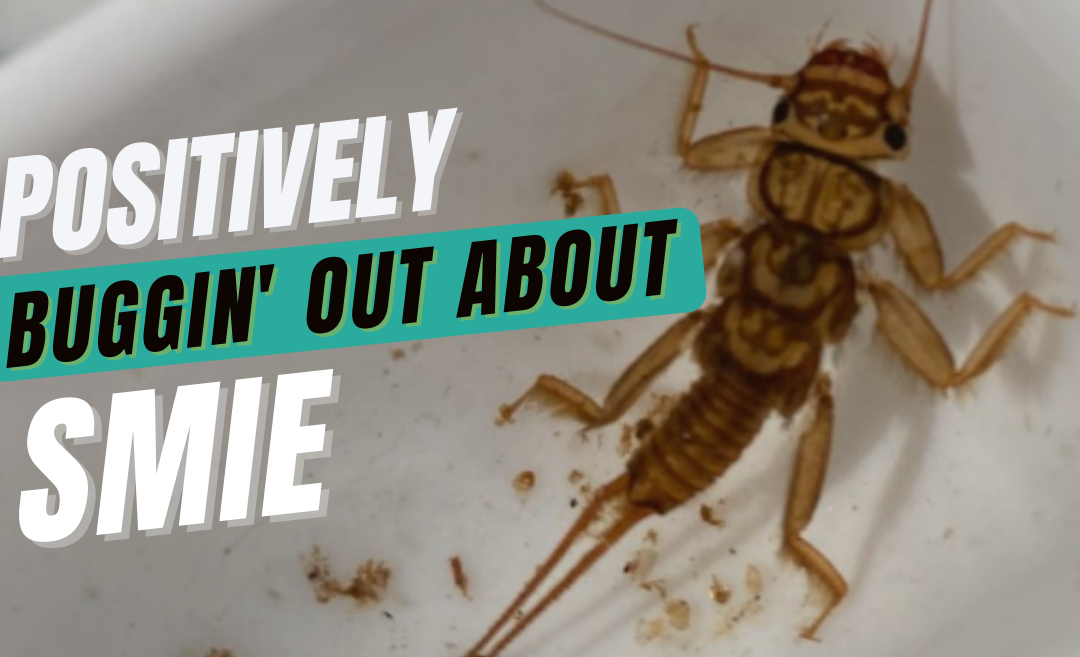SMIE: What’s Bugging Our Rivers?

A species of stonefly that is sensitive to pollution in streams. This quick, crawling predator is an indicator of overall good water quality.
MountainTrue has many water sampling programs that tell us much about the health and status of our waterways. The Stream Monitoring Information Exchange (SMIE) program is a volunteer-based water quality monitoring program that operates throughout Western North Carolina. MountainTrue works in partnership with the Environmental Quality Institute based in Black Mountain to facilitate bi-annual sampling across our Southern and High Country Regions each year. SMIE sampling efforts occur each spring and fall typically in the months of April and October.
Some of MountainTrue’s water quality monitoring programs look specifically at the chemical indicators of water samples, which give us a snapshot of the water quality at one particular moment in time. SMIE is unique in that we look for living samples to help us form a more holistic understanding of water quality over a longer period of time — a process known as biomonitoring. Biomonitoring allows us to assess the ability of certain underwater habitats to maintain the right chemical conditions needed for the survival of living aquatic species.

Close-up of an ice cube tray that we use to collect and identify species of macroinvertebrates. Pictured here are net-spinning caddisfly larvae.
So, what do we find when we’re looking for living aquatic samples?
Insects! Or benthic macroinvertebrates, if you want to get more scientific. While benthic refers to the bottom of a stream bed, macroinvertebrates are any animal without a backbone (invertebrate) that you can see without a microscope (macro). Essentially, we’re looking for stream bottom-dwelling bugs, including species like mayflies, stoneflies, caddisflies, and many more!
Why do we care so much about bugs?
Different species of macroinvertebrates have different abilities to tolerate pollution.
Species that are highly sensitive to pollution are found in our cleanest waterways, while more pollution-tolerant species can be found in our less healthy streams. These special little bugs are excellent bioindicators — their health and presence in local waterways give us key insights into the health of our region’s aquatic ecosystems.
This year, we had many returning volunteers join us in the water, along with some new enthusiastic volunteers willing to learn on the fly. We recently wrapped up this year’s SMIE efforts after spending some colorful and scenic fall days sampling local streams. October and November saw13 hard-working volunteer teams sample the streams of Henderson, Polk, and Cleveland counties. The excitement and investment of long-standing and new volunteers who helped us throughout the 2021 sampling season was infectious — every time we don the waders, hop into the water, and rustle up rocks and leaves to scour for bugs, we get to share in discovery together.
Want to learn more about the results of these biomonitoring efforts over the years? Check out the Environmental Quality Institute’s interactive Water Quality Map to see sampling locations and review data from the past 30 years of biomonitoring efforts!
If you’re interested in becoming a SMIE volunteer, sign up for our spring season training in Hendersonville! Hosted by Americorps Water Quality Administrator and SMIE extraordinaire, Mara Chamlee, our spring SMIE training promises to be a fun day full of learning (and bug watching!) on the Green River that you won’t want to miss!

